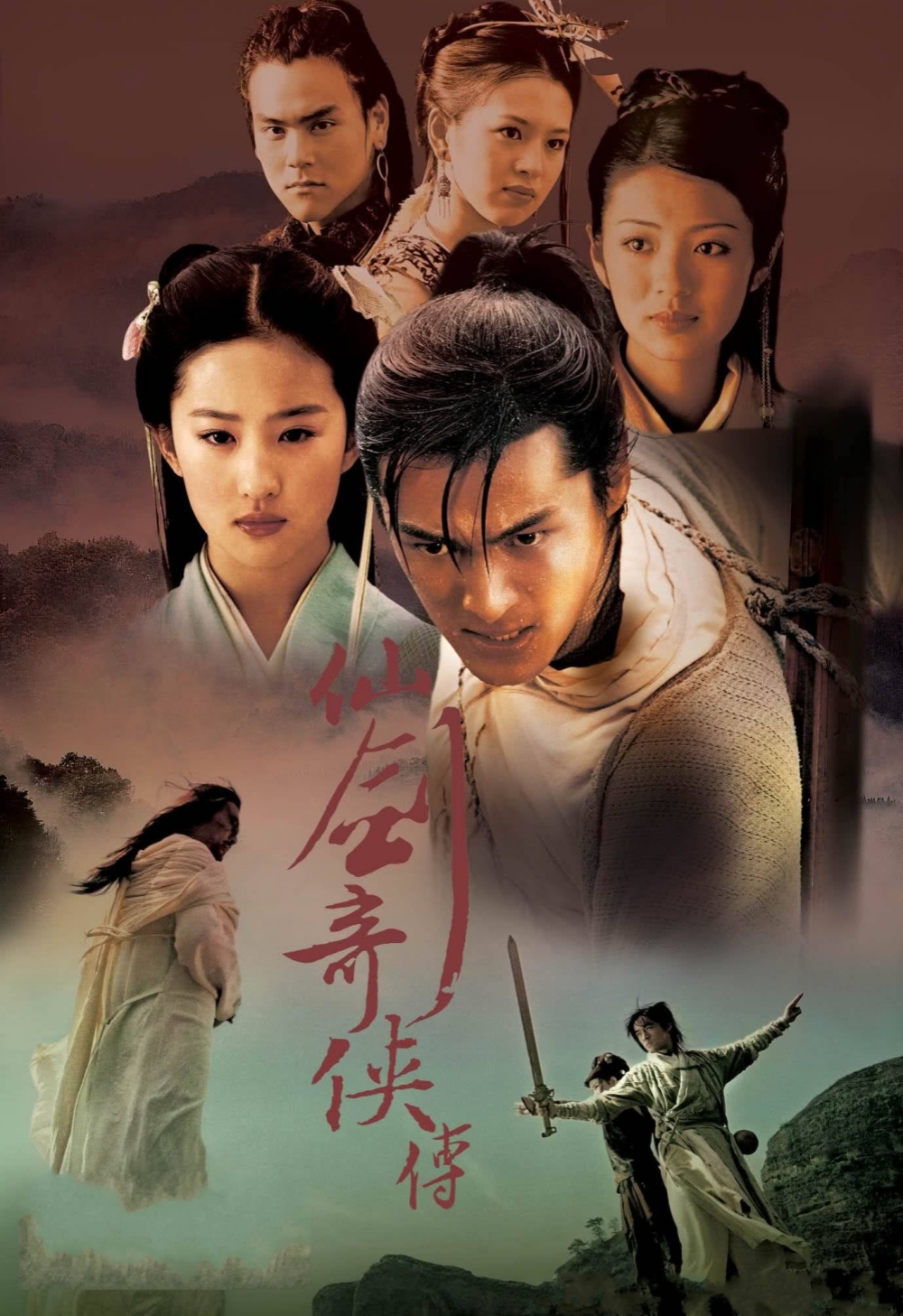
Editor's note: This is a nostalgic theater.
On November 19, 2013, "Gravity" was released in mainland China. A few months ago, there was news that the film had won awards and critical acclaim at film festivals around the world. Different from the usual exaggerated publicity by film companies, its innovative use of images and shooting technology has implanted real expectations in the hearts of movie fans. Many people know that this is a movie worth watching on the IMAX big screen.
The viewing effect is similar to that of films such as "Avatar" and "Inception", making people stunned by the amazing imagination contained in many movie scenes.
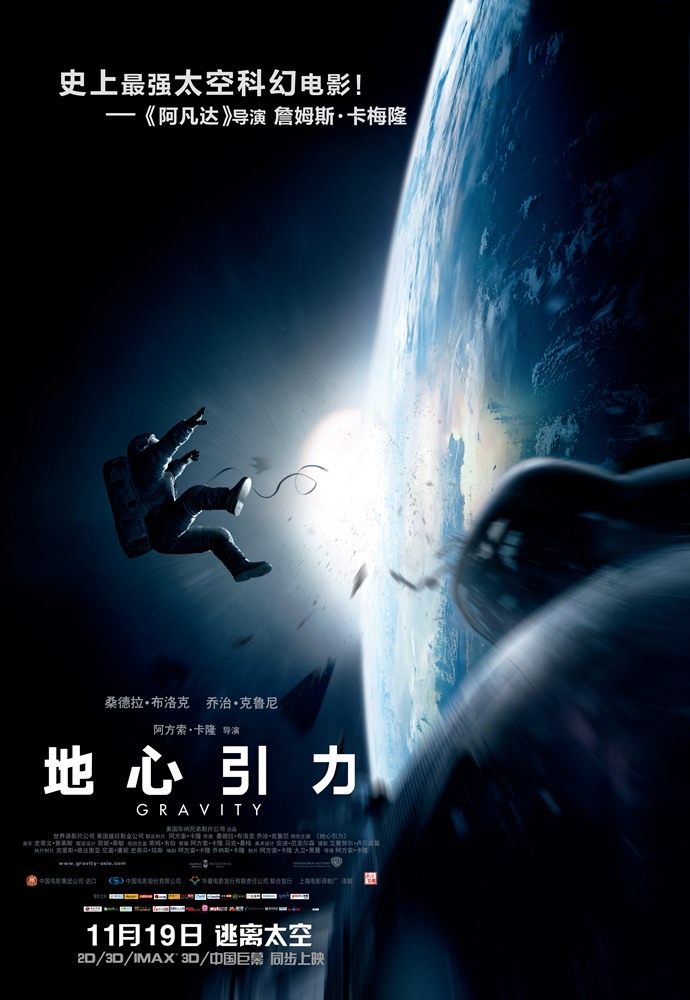
"Gravity" poster
Ten years later, we already have "The Wandering Earth" 1 and 2 directed by Fan Guo, and even "Walking on the Moon", a work that combines comedy and science fiction. The technological threshold that seemed out of reach back then has been crossed unconsciously.
Watching "Gravity" again today, it's nothing more than common green cloth background shooting plus 3D special effects post-production, supplemented by some exquisite local real scenes - these domestic filmmakers can also complete it. Even copying and reshooting "Gravity" frame by frame to reproduce the various complex movements of the camera is not an unachievable task.
——Quietly, the overall level of our country's film industry has become closer and closer to Hollywood.
However, the bigger difference is that the thematic vision, artistic techniques, and spiritual core of this American science fiction film are the goals we pursue, or should we find another way to tell Chinese-style stories to the world?
The core of this question is like asking what scientific research and exploration direction countries around the world should choose when aiming at the universe, and what actual returns they intend to obtain from the huge investment in the space race. It is a sensitive national strategic issue.
Facing the grand theme of space exploration, when we look up at the unknown black sky, what is reflected is humankind's own yearning and pursuit, and such solemn philosophical questions as "who am I" and "where should I go?" Different cultures around the world will have completely different answers to this type of question.

"Gravity" is actually an extremely neat Hollywood commercial film. But its artistry is more than that, there are parts that are breathtaking.
"Gravity" is directed by Mexican Alfonso Cuaron. Most of the film culture he absorbed originated from Britain and the United States. Although the visual style of this film is unique, in the final analysis it is a Hollywood commercial film for the world - to be precise, it is the story structure of a certain kind of disaster film - "the hero finally saves himself after fighting the dangerous natural environment."
Many similar stories have appeared in the movie world starting from "Robinson Crusoe". Two years after "Gravity", "The Martian", another space science fiction film, also achieved box office success both around the world and in mainland China. Even ten years later, "The Martian" still has a high score of 8.5 on Douban, which is even better than the 7.9 score of "Gravity".
As a type of commercial film, the story of this film is not complicated. It describes a female astronaut who encountered a spacecraft explosion and successfully returned to Earth on China’s Tiangong Space Station. In 2013, when the film was released, my country’s real Tiangong Space Station The station is not yet online, but the Tiangong-1 aircraft is already in operation. Similar to the story direction of "The Wandering Earth 1", the overall plot of the film has a simple and clear aesthetic. It neither implants too many high-tech and difficult-to-understand space terminology, nor does it show off too many science fiction elements that exceed real-life technology.


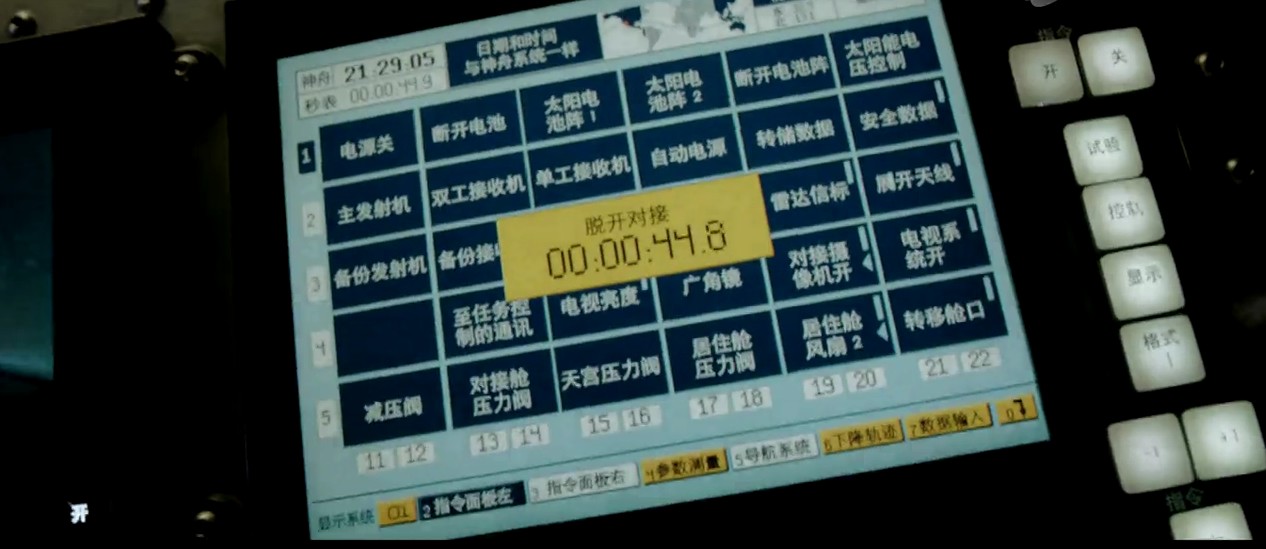
The virtual Tiangong space station in the movie, as well as the Chinese buttons and interfaces for various operations, show that the main creator has done detailed research, and it also makes Chinese audiences feel very friendly.
However, the film is extremely complex in terms of the presentation of the graphics and story rhythm. This complexity does not lie in the difficulty of shooting and production, but in the combination of picture conception and story characters. In terms of the design and imagination of the scene and environment, it is a visual spectacle with a strong "movie feel". The combination of all audio-visual elements cannot be the product of the separate work of the screenwriter and director. It can only originate from the overall conception of one person. It is a more personal "author's film".
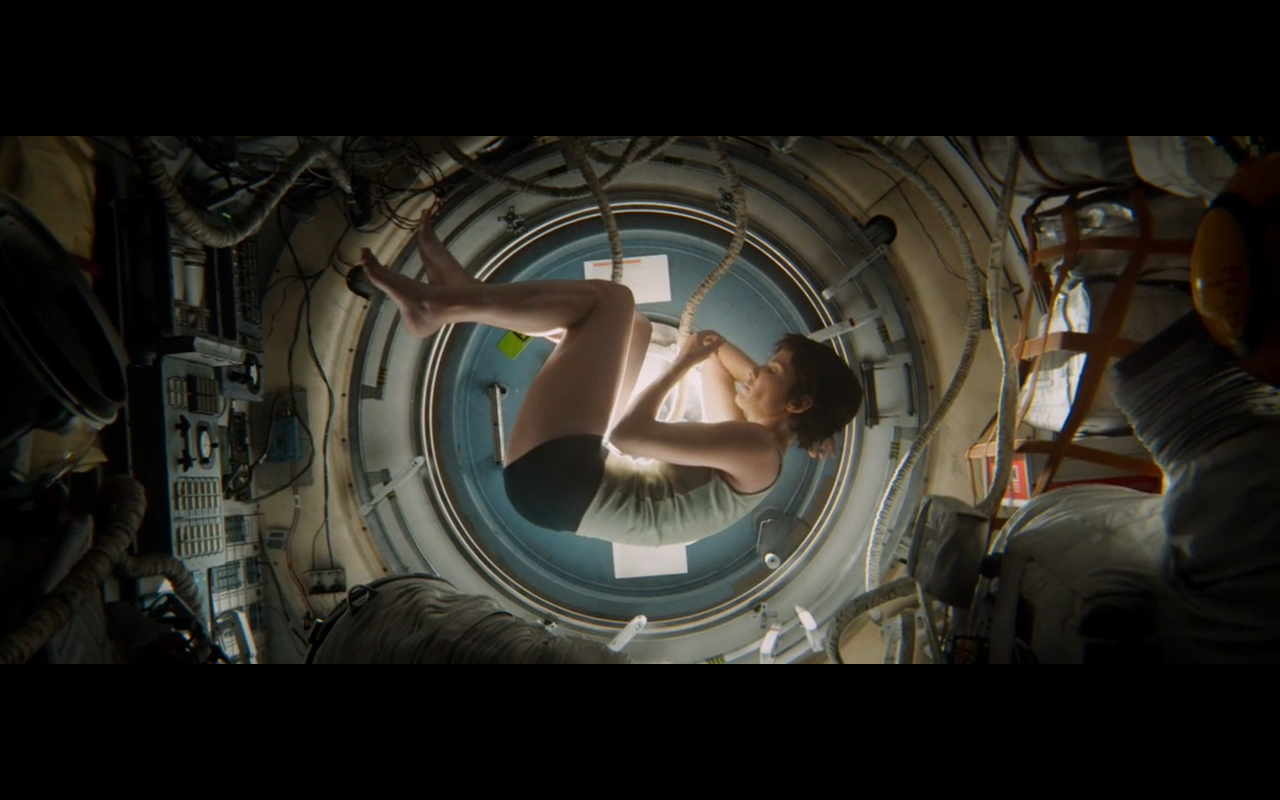
It is a beautiful scene that many viewers understand. The director used this shot to express a sense of calm similar to that of a fetus in the mother's womb. This is a moment of respite for the heroine after she has just escaped from danger.
Director Alfonso Cuaron limited most of the film's scenes to dark space and small space capsules, limiting the main character to a heroine, sometimes with a supporting actor to assist her in dialogue. These extremely concise processing methods are all attempts to restore the lonely psychological state of astronauts after they are far away from the earth.
Facing the vastness of the universe, human astronauts appear so small and powerless. They must use extremely strong inner and spiritual strength to remain optimistic and fight to the end. The monotony of the scene and the vast and distant planet in the background all create a sense of oppression that is both majestic and mysterious for the characters.
In many deliberately designed long shots, such as the 13-minute opening sequence, the camera changes back and forth and the characters dance randomly, which not only expresses the state of weightlessness in space, but also creates a kind of dizziness that makes the audience breathless. feel. These unusual visual images are not only a show of spectacle, but also a way to simulate the real space experience of astronauts. At the same time, they also have an atmosphere that enhances the sense of mystery and unknown danger in the story presentation.
The combination of these elements is not only a visual form, but also a unique way of "telling stories", which makes the opening of the film so special among the space science fiction films.
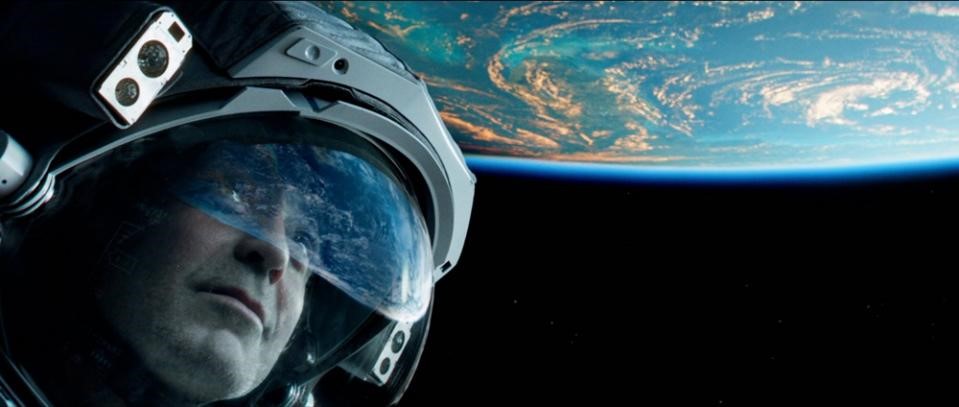
The close-ups of the huge planet and the astronauts form a tense contrast, with a strong sense of oppression at all times.
In films of the same type, sometimes in order to avoid the monotony of story development, the director and creator will instinctively introduce another clue to start a parallel narrative. For example, in "The Martian", in addition to the protagonist trapped on Mars, there is also a group of people on earth who are researching rescue plans; it is common to insert fragments of the protagonist's memories and imagination to let the audience understand his past life experiences and jump away from the current scene. limitations. "Gravity" is different. It deliberately avoids these "conventions" and allows the film's perspective to completely follow the protagonist's experience, never leaving her for a moment. Compared with conventional commercial films, this seems to be more of an art film. Regardless of being monotonous and boring, it must also reflect the director's personal ideas of artistic processing.
In the vacuum of space where most of the background is black, such processing is obviously a bit risky. In fact, except for the limited space capsule and space station areas, there are very few changeable scenes in the entire film. After the first half-hour of visual stimulation, the audience will gradually get used to these "space images" and look forward to more new content, but the director's inability to conjure more objects from reality surprised everyone.

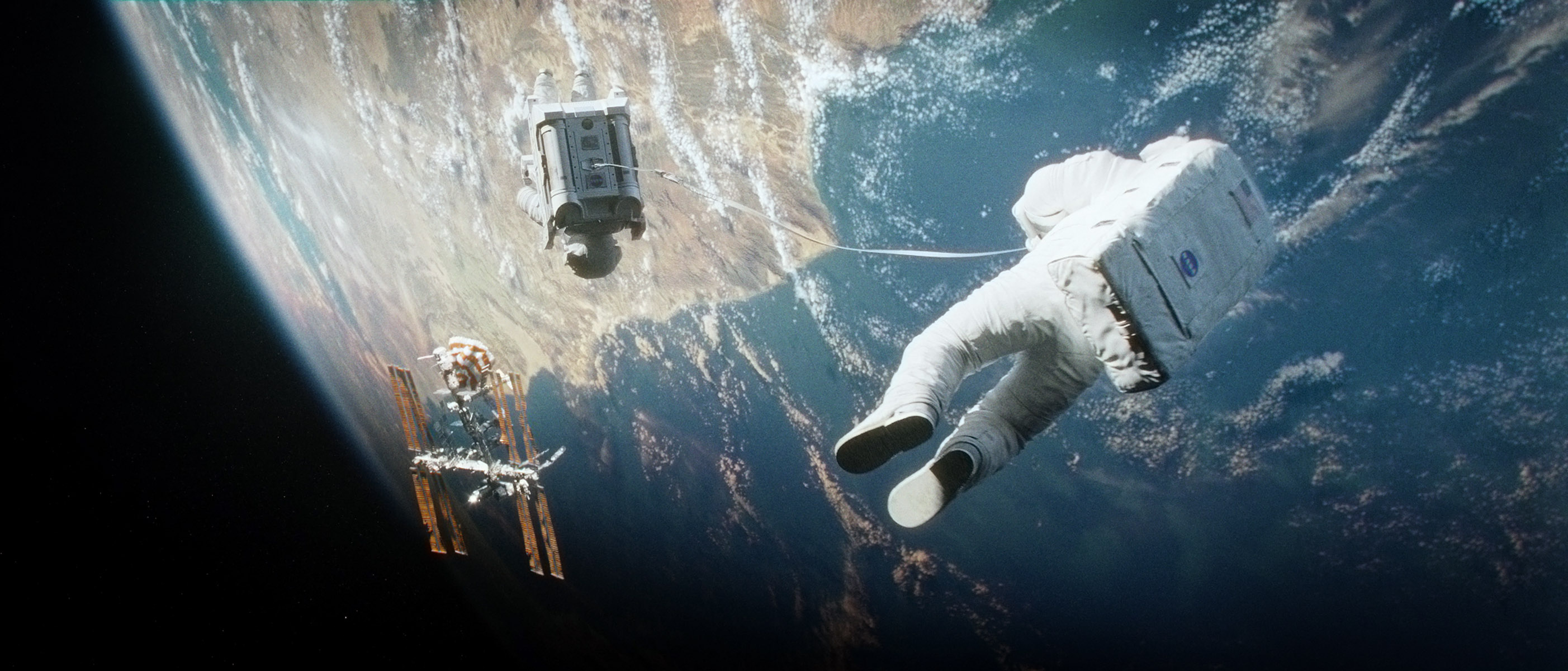
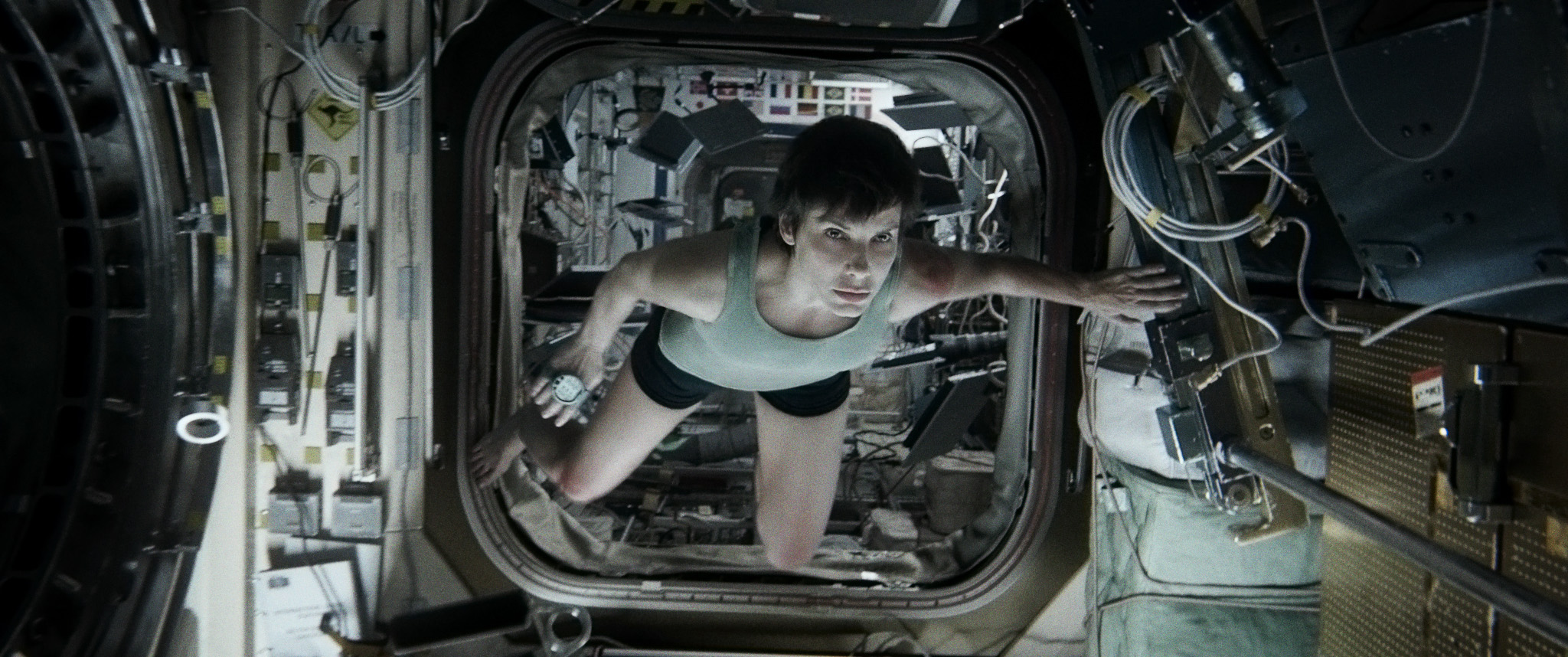
Every frame of the aircraft, both as a whole and in parts, makes people feel beautiful. But after watching it for a long time, it still feels repetitive.
Therefore, the sound effects and music design of this film have become important props in the magic trick. Many fans have noticed that the film's deliberately designed and contrasting sound effects and music often play an important role in rendering the plot atmosphere and story direction. Compared with the richly varied visual images of ordinary commercial films, music is often just an invisible supporting role. But on a stage dominated by a black curtain, the audience's feeling for the music is actually enhanced. This is also an interesting point in the artistic conception of this film.
For film art with "audiovisual" as its core, when there are no more "visual" elements available, strengthening the change processing of "listening" is a feature of many horror thrillers, and it is also an artistic style that directors can learn from. .

The strong contrast between light and dark light and shadow is often used to deliberately enhance a scary atmosphere.
At the same time, the entire film is only 91 minutes long, which also alleviates the overall lack of variety to a certain extent. When all the props are taken out and displayed, the end of the trick is actually to let the audience experience a stronger spiritual impact.
At the end of the film, the heroine successfully saves herself, and when lying on the beach of the earth, she feels down-to-earth and at ease. The green waves and water plants around us, the green mountains and white clouds in the distance, these familiar scenery on earth that we ignore every day, have become the greatest visual contrast in the entire film. "Gravity" pulls the protagonist back to the embrace of Mother Earth. Compared with the coldness and emptiness of the entire universe, our planet is so vibrant, and life is increasingly a rare miracle.

The heroine finally returns to earth
This is a film that combines business and art well. Even though the story is easy to understand, it still greatly shocks the audience through the use of audio-visual and other elements. On the surface, it seems to be technology, but in fact it is superb artistic techniques that affect the perception. The whole film has an inspirational and touching spiritual power, allowing the audience to see that facing the vastness of the universe, human beings are a small existence, but they can also achieve miracles because of their strong spirit.
Even if this miracle is insignificant and only saves one person, it is no less than those science fiction heroes who save the entire earth.

